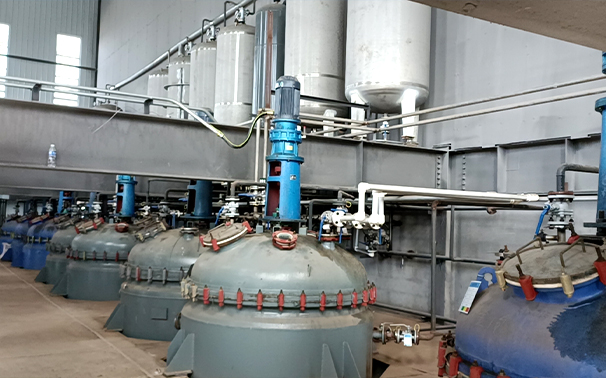polyaluminum chloride water treatment
Polyaluminum chloride (PAC) is a widely utilized coagulant in water treatment processes. Its effectiveness in purifying water has made it a popular choice for both drinking water and wastewater treatment facilities. PAC is produced through the hydrolysis of aluminum chloride, resulting in a compound that provides a higher charge density compared to traditional aluminum sulfate coagulants. This characteristic allows PAC to form larger flocs more efficiently, which enhances the sedimentation and filtration processes in water treatment.
One of the primary advantages of PAC is its ability to function effectively over a broad pH range. Unlike some other coagulants that may require a specific pH environment to optimize performance, PAC can achieve desirable coagulation results in varying conditions. This versatility makes it particularly valuable in regions where water quality and pH levels fluctuate significantly.
The mechanism of PAC in water treatment involves the neutralization of negatively charged particles, such as suspended solids, organic matter, and colloids present in the water. Upon addition of PAC, these particles are destabilized, leading to the formation of larger aggregates that can be easily removed from the water column. The improved settling properties of these aggregates facilitate more efficient removal during sedimentation and aid in smooth filtration processes.
polyaluminum chloride water treatment

Additionally, PAC typically produces lower levels of residual aluminum in treated water compared to traditional aluminum salts. This is particularly important for drinking water applications, as excessive aluminum levels can pose health concerns. Lower residual aluminum also reduces the environmental impact, making PAC a more sustainable option for water treatment.
Moreover, the handling and storage of PAC are relatively simple. It is available in liquid form and can be easily dosed into treatment systems. This ease of use minimizes the risk of operational complications often associated with powder-based coagulants.
In summary, polyaluminum chloride has emerged as a crucial agent in water treatment processes due to its efficiency, versatility, and favorable environmental profile. As global water treatment challenges continue to evolve, the adoption of PAC represents a step towards more effective and sustainable water management practices. Its role in improving water quality is essential for ensuring safe drinking water and effective wastewater treatment, ultimately contributing to public health and environmental conservation. In an era marked by increasing water scarcity and contamination, the significance of PAC in water treatment cannot be overstated.
-
The Power of Isothiazolinones in Modern ApplicationsNewsMay.08,2025
-
Flocculants in Water TreatmentNewsMay.08,2025
-
Flocculants and Chemical Solutions: What You Need to KnowNewsMay.08,2025
-
Flocculants and Chemical Solutions: A Growing IndustryNewsMay.08,2025
-
Essential Chemicals: Polymaleic Anhydride and MoreNewsMay.08,2025
-
Acrylic Polymers: Essential Solutions for IndustryNewsMay.08,2025





